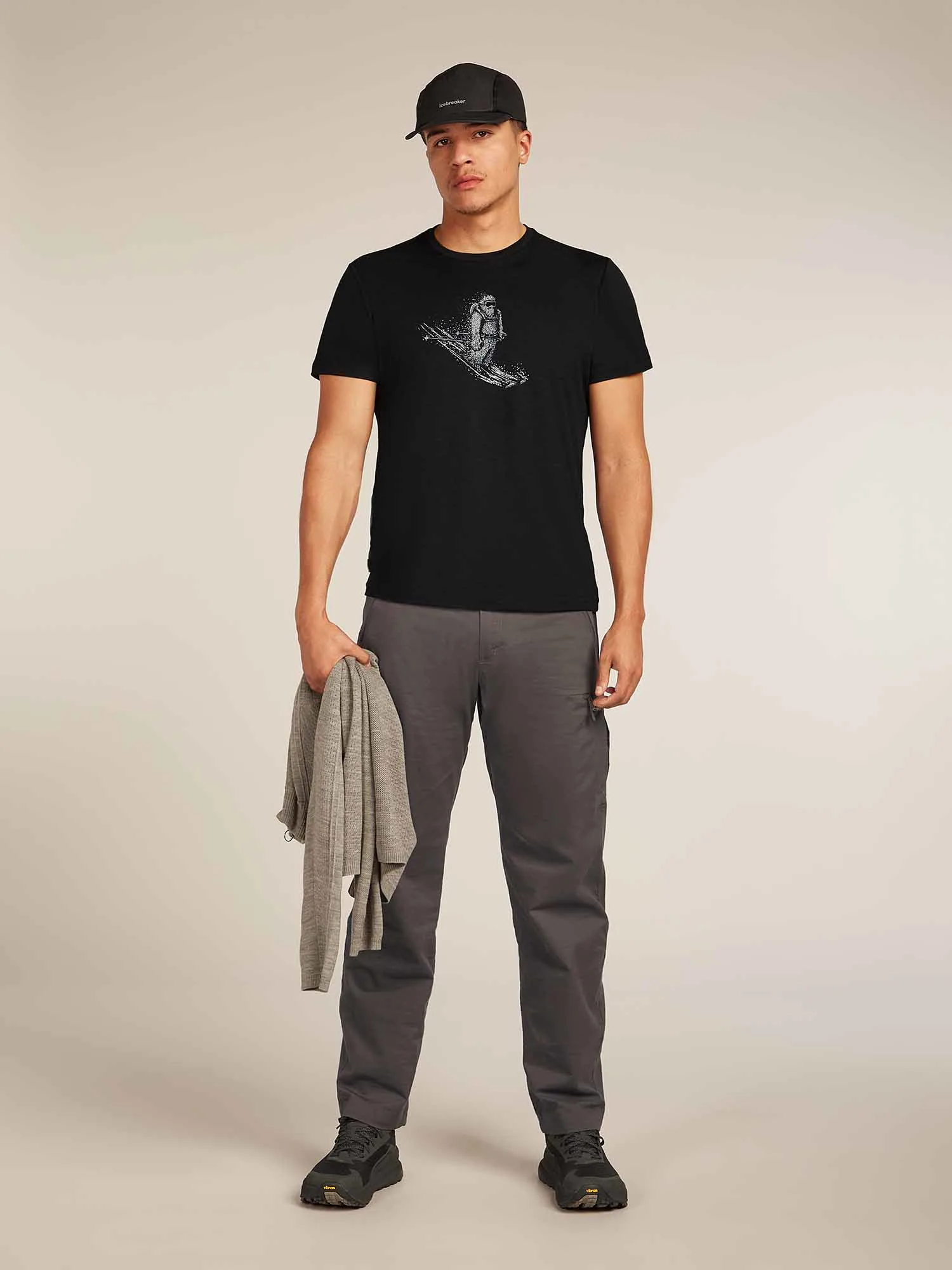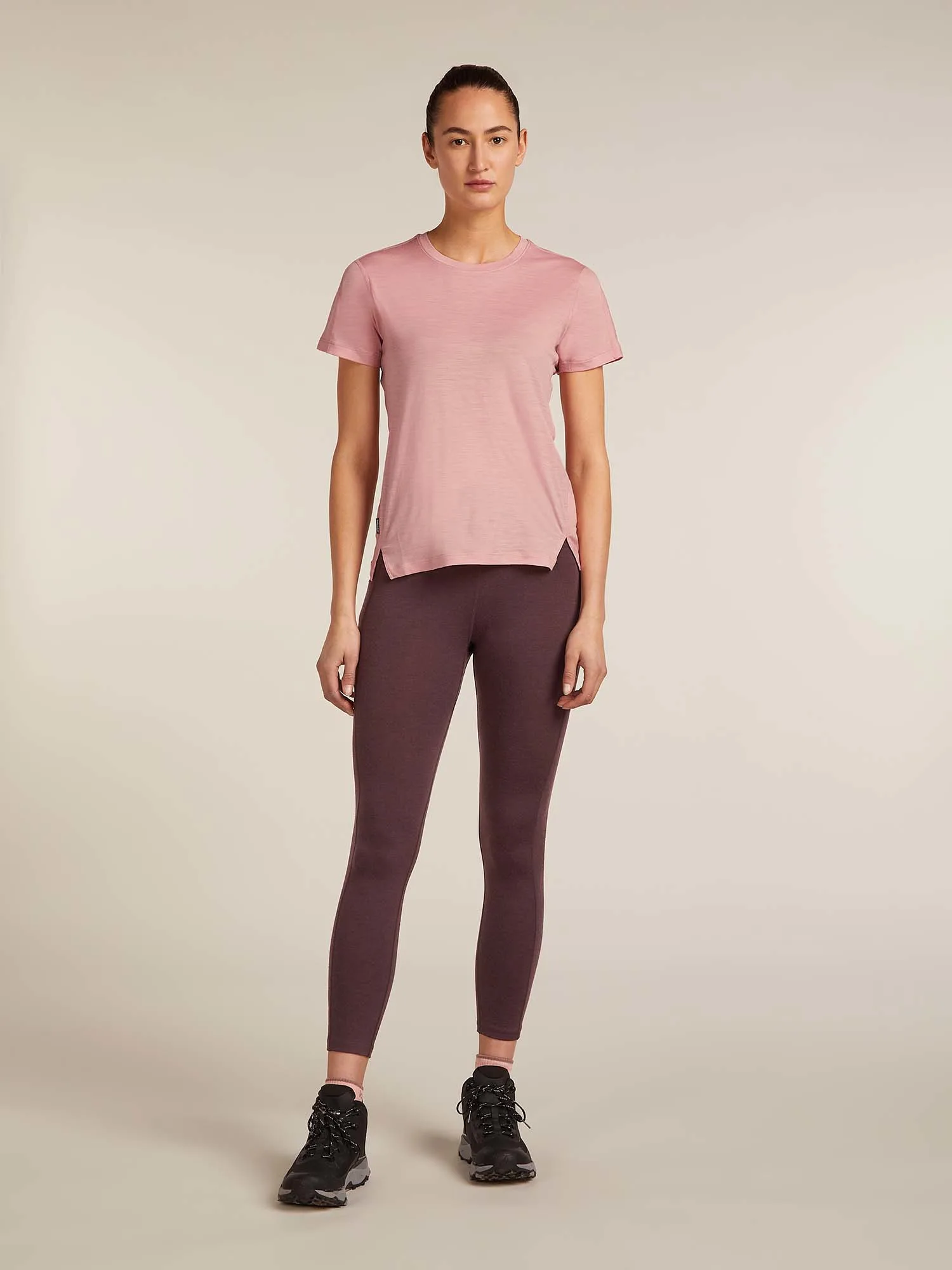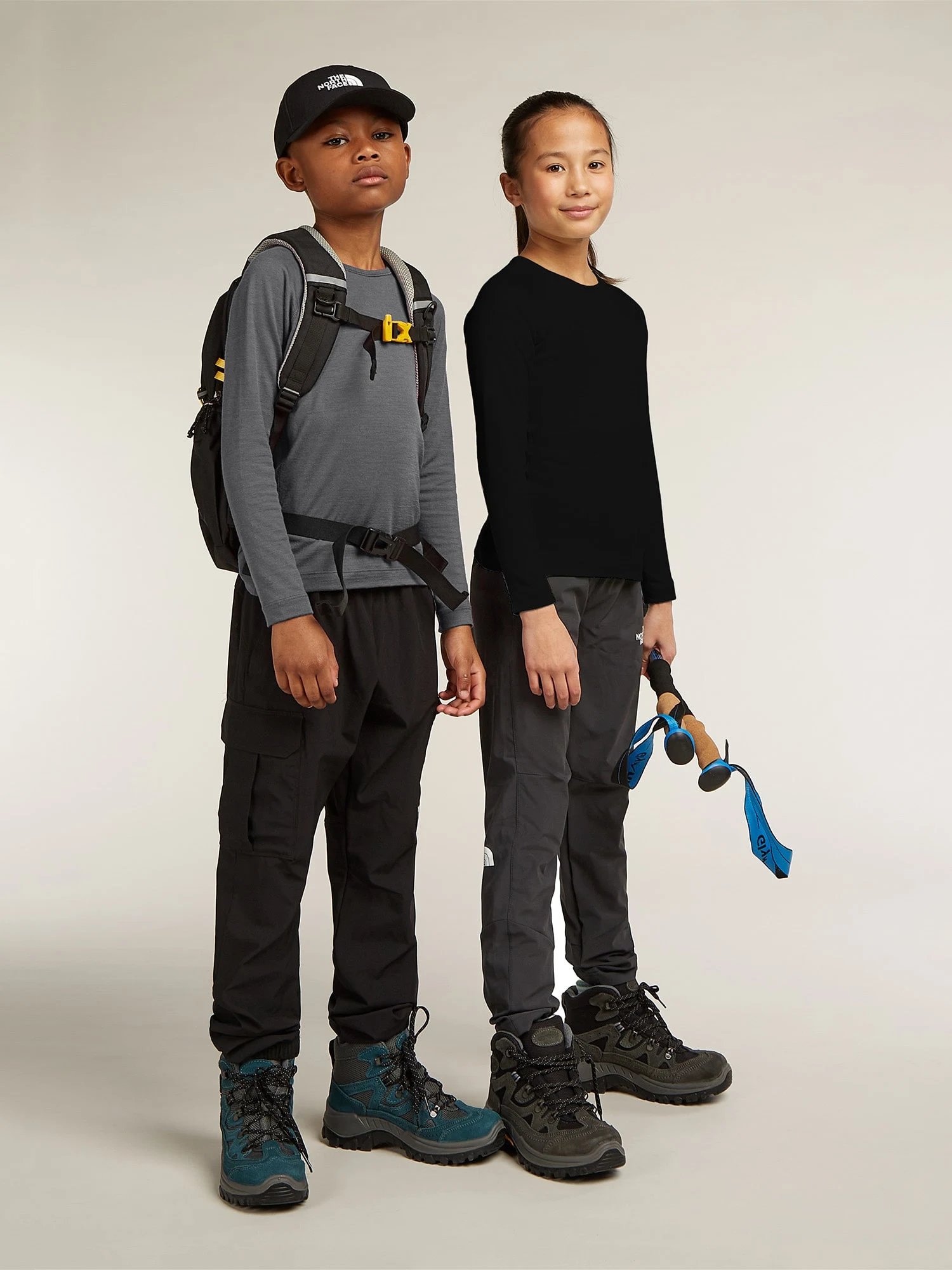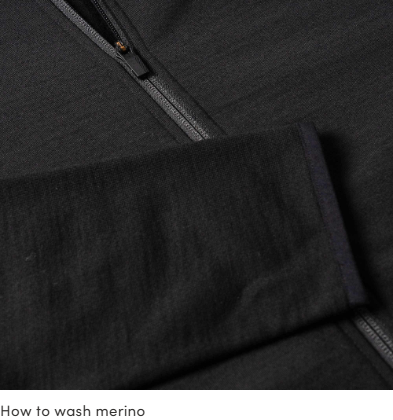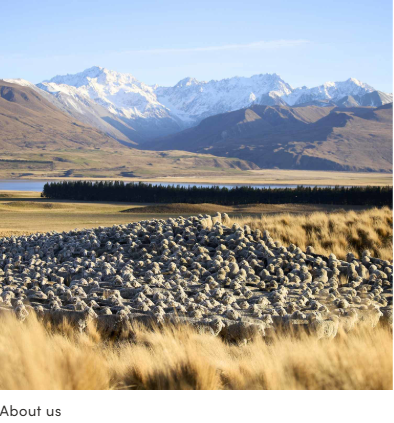Classic Recommendation.
The Ultimate Guide to Outdoor Apparel: Dressing for Any Adventure
Stepping outside into the wilderness, whether for a quick day hike or a multi-day trek, is an act of liberation. The air feels cleaner, the views are more expansive, and the world seems to slow down. But for this experience to be truly transformative and not just miserably wet or uncomfortably cold, you need the right gear. And when it comes to gear, nothing is more fundamental than your clothing.
Your apparel is the first and most critical line of defense against the elements. It’s what protects you from biting winds, relentless rain, and scorching sun. It’s what keeps you warm when the temperature drops and cool when you’re working hard. In essence, your clothing is not just what you wear—it’s a dynamic, high-performance system designed to regulate your body’s microclimate. This is not about fashion; it’s about function, safety, and comfort.
This comprehensive guide will break down the complex world of outdoor apparel into a simple, understandable framework. We’ll explore the core philosophy that underpins all intelligent outdoor dressing, delve into the technologies and materials that make it all possible, and provide practical advice for building a versatile and reliable wardrobe for any adventure.
Part 1: The Layering System – The Foundational Principle
If there is a single, non-negotiable rule of outdoor clothing, it’s this: dress in layers. The layering system is a three-part harmony of clothing designed to work together to keep you comfortable in a wide range of conditions. Instead of relying on a single, bulky garment, you use multiple thin layers, each with a specific purpose. This allows you to easily add or remove layers to adapt to changes in weather, temperature, and your own exertion level.
Layer 1: The Base Layer – Your Second Skin
The base layer is worn directly against your skin. Its primary job is not to provide warmth, but to manage moisture. As you hike, climb, or paddle, your body generates sweat to cool itself. If this sweat sits on your skin, it can quickly lead to hypothermia, especially when you stop moving. A good base layer wicks this moisture away from your skin and transfers it to the outer layers, keeping you dry and comfortable.
Materials Matter:
Merino Wool: The gold standard for many adventurers. Merino wool is a natural fiber from a specific breed of sheep. It’s incredibly soft, naturally odor-resistant, and manages moisture exceptionally well, even retaining warmth when it’s damp. It’s ideal for multi-day trips where you want to pack light and not worry about smelling bad.
Synthetics (Polyester, Polypropylene): These fabrics are champions of moisture-wicking. They dry incredibly fast, making them a great choice for high-intensity activities. They are also highly durable and often more affordable than merino wool. However, they can be more prone to holding odors over time.
Avoid Cotton: Cotton is the arch-nemesis of the outdoor enthusiast. It absorbs moisture and holds onto it, acting like a cold, wet sponge against your skin. This is why the common outdoor phrase is “cotton kills.” It’s an essential lesson for anyone venturing into nature.
Layer 2: The Mid-Layer – The Insulator
The mid-layer’s purpose is pure insulation. It traps air warmed by your body to prevent heat loss, keeping you warm when temperatures drop. This is your primary source of warmth.
Types of Insulation:
Fleece: This is a classic for a reason. Fleece is a synthetic fabric (usually polyester) that is soft, breathable, and warm even when wet. It’s durable and relatively inexpensive, making it a fantastic choice for a wide variety of activities.
Down: Valued for its unparalleled warmth-to-weight ratio and supreme compressibility. Down is the natural under-feathers of ducks or geese. It’s incredibly warm but loses all insulating power when wet. For this reason, down is best used in cold, dry conditions or as a belay jacket to be pulled out during rest stops.
Synthetic Insulation: This is a man-made alternative to down. It’s designed to mimic the properties of down but with a key advantage: it maintains its insulating power even when wet. Brands like PrimaLoft and Polartec make high-performance synthetic insulation that is heavier and less packable than down but far more reliable in damp climates.
Layer 3: The Outer Shell – The Shield
The outer layer is your protection against the external elements—wind, rain, and snow. It’s not about insulation; it’s about weatherproofing. Your shell is what allows the base and mid-layers to do their jobs effectively.
Types of Shells:
Hardshell: These are your fortress against the storm. Hardshells are fully waterproof and windproof, offering maximum protection in the harshest conditions. They often use advanced waterproof/breathable membranes like Gore-Tex.
Softshell: More breathable and flexible than a hardshell. Softshells are typically wind-resistant and water-repellent, not fully waterproof. They are ideal for high-exertion activities in dry, windy conditions or light precipitation. Their stretch and breathability make them comfortable for dynamic movement.
Part 2: Beyond the Layers – The Supporting Cast
While the three-layer system is the backbone, a complete outdoor wardrobe includes other critical items.
Headwear & Gloves: The Heat Regulators
Your hands and head are major sources of heat loss. A simple beanie can make a huge difference in cold weather, and a wide-brimmed hat is essential for sun protection. For your hands, a layering approach works here too: thin liner gloves for dexterity and light warmth, and insulated, waterproof outer gloves or mittens for serious cold.
Trousers & Pants: The Foundation of Movement
Your legs do the heavy lifting, so your pants need to be comfortable and durable. Look for fabrics that offer stretch for a full range of motion. Softshell pants are a popular choice for their durability and weather resistance, while lightweight synthetic trousers with articulated knees are perfect for summer hiking. Again, avoid cotton denim at all costs.
Footwear & Socks: Your Connection to the Trail
Your feet are the most critical part of the puzzle. The right footwear provides stability, traction, and protection.
Hiking Boots: Offer ankle support and are best for carrying heavy loads or navigating rough, uneven terrain.
Trail Runners: Lightweight and flexible, these are perfect for day hikes on well-established trails.
Socks: Never skimp on socks. Just like your base layer, they need to manage moisture. High-quality merino wool or synthetic socks prevent blisters and keep your feet dry and happy.
Part 3: Fabric & Technology Deep Dive
Outdoor apparel brands spend millions on research and development, and understanding the jargon can help you make a better purchase.
DWR (Durable Water Repellent): This is a coating applied to the outside of a fabric to make water bead up and roll off. It’s what gives a softshell or hardshell its initial water-shedding properties. It’s not a permanent treatment and needs to be reapplied over time.
Waterproof & Breathable Membranes: This is the magic behind fabrics like Gore-Tex. A membrane is a thin film with billions of microscopic pores. These pores are too small for a water droplet to pass through but large enough for water vapor (sweat) to escape. This is how the fabric keeps you dry from the outside while allowing your body to breathe.
Fill Power (for Down): This measures the quality of down insulation. A higher number (e.g., 850-fill) means the down is loftier, providing more insulation per ounce.
Ripstop: A weaving technique that makes fabrics more resistant to tearing. You’ll see this a lot in shell jackets and backpacks.
Part 4: Choosing the Right Gear for Your Activity
Your clothing should be a reflection of your activity and the environment you’ll be in.
For a Day Hike: A base layer, a light fleece mid-layer, and a packable rain shell are a perfect starting point. Pair this with comfortable hiking pants and supportive footwear.
For Backpacking: Weight and packability are paramount. Look for lightweight, compressible materials like down or synthetic insulation that packs down small. Choose durable pants and a shell that can handle a beating.
For Mountaineering: This is where the layering system is pushed to its limits. You’ll need a robust hardshell for protection against extreme weather, a thick insulated mid-layer, and specialized headwear and gloves.
Part 5: Care & Maintenance
Your expensive outdoor gear won’t perform if you don’t take care of it.
Washing: Don’t use standard laundry detergent, as it can clog the pores of waterproof/breathable membranes. Instead, use a technical wash like Nikwax or Grangers.
Restoring DWR: If your gear is “wetting out” (the outer fabric is absorbing water instead of beading it up), it’s time to reapply the DWR. This is a simple process using a spray-on or wash-in treatment.
Storage: Store down garments loosely, not compressed in a stuff sack, to maintain their loft. Store shells on a hanger to prevent creasing.
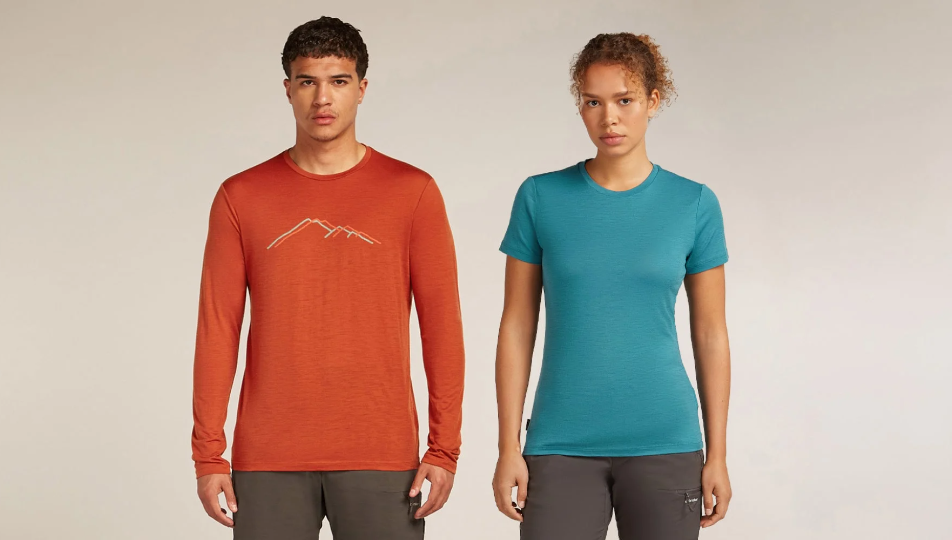

Tees to Transition
Our tees are made with soft, breathable merino that naturally regulates temperature.That means you stay cool when it’s warm, and cozy when it’s not. Now available in all-new hues.

Quantum: Refreshed
The ideal mid layer for hiking and skiing – now in bold, grounded tones to celebrate the changing season.


